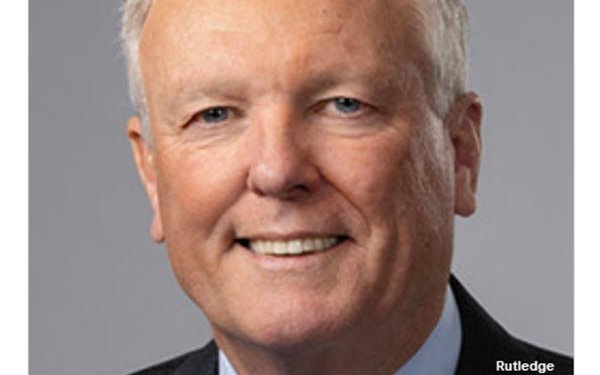Charter CEO Predicts Cord-Cutting Will Slow
- by Karlene Lukovitz @KLmarketdaily, November 25, 2019

Despite the accelerating rate of cord-cutting in recent times — and the advent of new streaming services from major players —Charter CEO Tom Rutledge says he expects the rate to slow in the months ahead.
While high fees and password sharing have hurt the pay-TV business, and the college and second-home markets are nearly gone, the damage is mostly done now, and what remains is a viable market, he said in an interview with CNBC.
“I think in aggregate they’re going to slow down,” he said. “Because I think most single-family homes have big TVs in them and that’s where you get sports, that’s where you get news, that’s where you get live TV like this. It’s still going to be under price pressure. I’m not saying the category isn’t under pressure. But I think the rate of decline will slow.”
And at Charter, “broadband subscriptions, connections that we sell, mobile, broadband — they’re increasing and they’re accelerating in terms of the rate of growth,” he said.
While Charter lost 75,000 cable subscribers in the third quarter, according to Leichtman Research, that was modest compared to Comcast’s 245,000 loss in the period.
The top pay-TV subscribers representing 93% of the market lost a combined 1.74 million net subscribers in Q3 — up from a net loss of about 975,000 in Q3 2018.
A number of analysts have noted that with many of its lower-margin subscribers now intentionally pushed out of its system, AT&T — which lost a 1.37 million subscribers across its DirecTV, AT&T U-verse and AT&T Now services in Q3 alone — is likely to see its loss rate slow in 2020.
In August, MoffettNathanson principal Craig Moffett said that overall pay-TV subscriber numbers could actually begin to rise due to a decline in telco losses and gains by vMVPDs.
However, most analysts expect continued heavy losses.
“While the worst may be over for AT&T, investors should still expect the industry to see elevated subscriber losses in 2020,” Adam Levy wrote earlier this month in Motley Fool.
EMarketer projects that the number of U.S. pay-TV households will decline from 86.5 million to 72.7 million between 2019 and 2023, and that U.S cord-cutter and cord-never households will reach 56.1 million by 2023.
UBS is projecting 6.4 million pay-TV losses in 2020 — slightly less than 2019’s projected 6.2 million, but actually representing a slightly higher rate of loss (6.7%, versus 2019’s 6.2%). The firm expects continued losses at a 6% to 7% rate for the next few years, due to further deterioration among cable and satellite providers.



Non-sports fans need an option where they're not paying $10+ a month for ESPN and the regional sports network. Viewers who don't care about reality shows need to stop paying for the 20+ channels that exist on them. Everybody needs to stop paying for the bidding wars for TV's biggest events, because we really don't care if the Super Bowl or the Oscars are on Fox or CBS. This is why streaming is winning. Big Cable is paying the exhorbitant rights fees for all of these channels and charging their customers steadily increasing fees for the channel wars. It needs to stop.